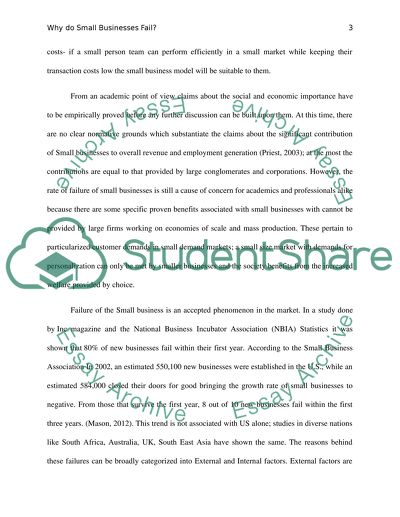Cite this document
(“Why do many small businesses fail Research Paper”, n.d.)
Retrieved from https://studentshare.org/macro-microeconomics/1459270-why-do-many-small-businesses-fail
Retrieved from https://studentshare.org/macro-microeconomics/1459270-why-do-many-small-businesses-fail
(Why Do Many Small Businesses Fail Research Paper)
https://studentshare.org/macro-microeconomics/1459270-why-do-many-small-businesses-fail.
https://studentshare.org/macro-microeconomics/1459270-why-do-many-small-businesses-fail.
“Why Do Many Small Businesses Fail Research Paper”, n.d. https://studentshare.org/macro-microeconomics/1459270-why-do-many-small-businesses-fail.


